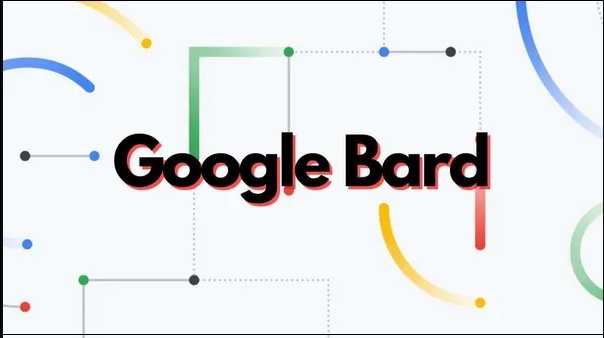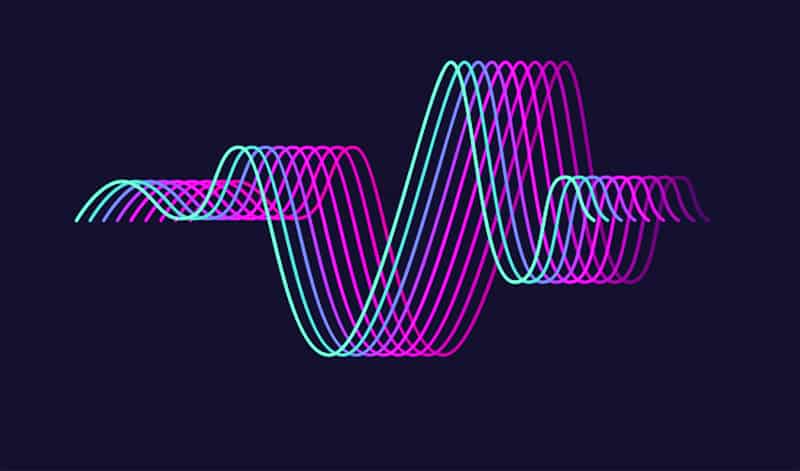As Google forays into the competitive AI space with Bard, the time might be right to revisit one of its discontinued products, Google Wave, to set itself apart in this rapidly evolving landscape.
Google Wave, although discontinued in 2012, was far ahead of its time. It was designed to help users manage workloads and collaborate seamlessly, all within a familiar interface reminiscent of Gmail and Google Search. With today’s focus on productivity across operating systems like iOS 17, Android 14, and devices such as Google’s Fold, it’s essential for Google to leverage its past innovation.
Many AI platforms, including Grammarly and Spark Mail, have integrated into applications. However, Google could distinguish its Bard AI platform by reintroducing Google Wave.
Google Wave simplified users’ experience by bringing documents, doodles, and apps into one place, especially for those already using Google’s suite of apps like Docs, Calendar, and Mail. Available as an app on macOS and Windows or through a web browser, its colorful yet intuitive interface caught the attention of users who had to seek out invites to join, much like securing a coveted spot on BlueSky in 2023.
The platform allowed users to integrate various apps into ‘Waves,’ including Twitter. While such integrations have evolved over the years, Google Wave’s capability to translate live chat conversations for recipients was notably ahead of its time.
Despite Google’s reputation for discontinuing apps and platforms, Google Wave’s unique features make it a valuable candidate to enhance the Bard AI platform. Bard, in its current state, is a conversational AI with an emphasis on improving search and photo enhancement, often requiring users to navigate multiple apps.
A synergy of Bard and a reimagined Google Wave could facilitate seamless collaboration. Imagine a scenario where Google Bard assists in coordinating tasks, taking meeting minutes, and prioritizing group activities. As you converse, Bard could recommend scheduling Google Meet calls for in-depth discussions, set up minutes-tracking documents, and transcribe discussions. These documents could then be shared via a ‘Wave,’ ensuring everyone involved in a project stays informed.
This integration would not only set Bard apart but also unify multiple Google apps into a single ecosystem. Adobe’s Firefly AI serves as an example, aiding creatives in tasks ranging from color palette selection to overcoming creative blocks. Google can draw inspiration from Wave and merge Bard with its suite of apps for a more seamless experience.
AI should be a tool to enhance, not replace, human capabilities. While concerns about AI abound, history shows that new technologies have often elicited unwarranted fear, from the advent of videotapes to the iPhone.
Google must evolve Bard from being merely a fast AI into a useful companion across its apps, with Google Wave acting as the glue that binds this AI-driven ecosystem together.

